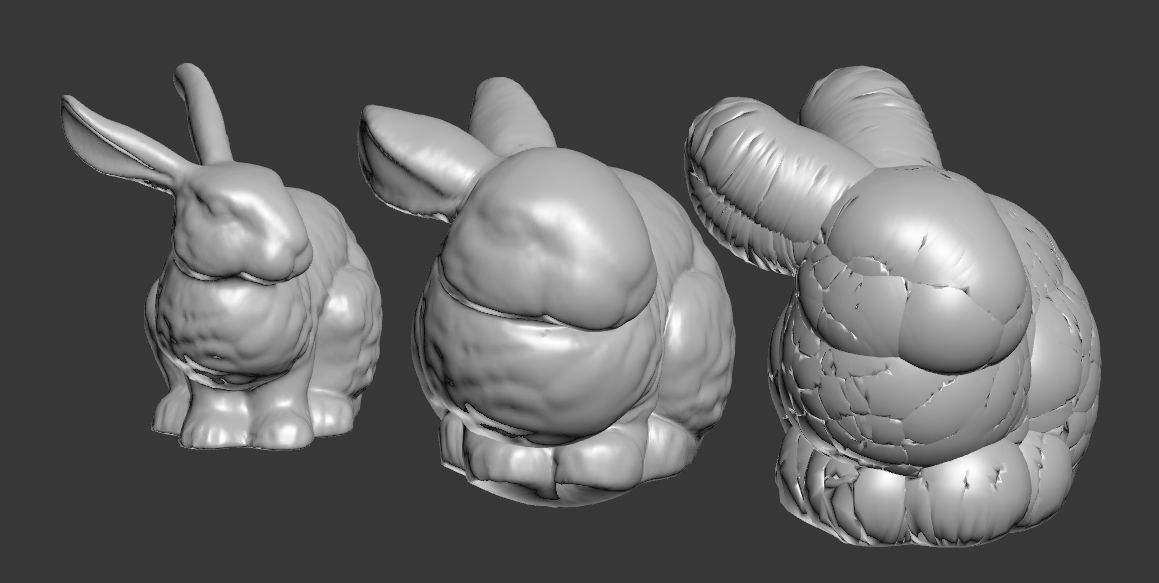
Often causes are not found to be in the node itself, but in other contributing delayers of conduction. Similar to first degree, Mobitz type 1 block does not usually require an emergent intervention such as a pacemaker, although evaluation (medication history, blood testing, echocardiography) is usually performed to rule out reversible causes. In Mobitz type 1, the PR interval progressively lengthens until the time of conduction is so great that the ventricle is unable to conduct, and there is a “dropped beat,” or absence of the QRS complex after the p wave (Figure 2). The relationship between the P and the QRS are essential in differentiating between these blocks. Second degree heart block includes two subtypes: Mobitz type 1 (also known as Wenckebach) and Mobitz type 2. This rhythm is typically the least dangerous, requiring nothing more than routine follow up.Ĭourtesy of Dr. Typically these blocks are not clinically significant, and can be caused by a variety of conditions. In a first degree block, the PR interval is greater than 200 msec (Figure 1). As a result, the distance between the two depolarizations (the PR interval) is prolonged. In this block, intrinsic conduction through the AV node is delayed, which lengthens the time from atrial depolarization (p wave) to ventricular depolarization (QRS complex). One of the easier blocks to identify is a first degree AV block. Cardiac ischemia, infarction, degenerative disease and infiltrative disease can all lead to AV nodal block. AV nodal blocks can have an intrinsic delayed firing or a barrier to firing down the Purkinje system and as a result can cause bradycardias and hypoperfusion to vital organs. The AV node is one of the first areas where conduction abnormalities can be detected on an ECG. Abnormalities that manifest outside this conduction pathway, congenital and acquired will also be captured in this chapter.Įlectricity travels from the SA node to the AV node as part of its initial electrical pathway. This chapter will discuss the syndromes that result in abnormal conduction at every step of the electrical pathway, the aberrations that are manifested in the ECG as a result and the relevance of each abnormality in a clinical setting. In normal cardiac electrophysiology, the electrical conduction occurs from left to right, essentially stimulating the left bundle, and left ventricle first. Additionally, the Left Bundle has an anterior and posterior component called a fascicle. It travels from the Sinoatrial node (SA node) to the Atrioventricular node (AV node) to the Bundle of His and then onto the left and right bundle branches (usually in a left to right pattern), ultimately ending up in the Purkinje fibers. Normal electrical conduction through the heart muscle takes a predicted pathway.

SAEMF/CDEM Innovations in Undergraduate Emergency Medicine Education GrantĬareer Development and Mentorship CommitteeĬommunications and Social Media CommitteeĪuthors: Andrew Restivo, MD, Jacobi Montefiore Hospital, New York Marianne Haughey, MD and Chrisina Hajicharalambous DO, SBH Health System, New YorkĮditor: Julianne Jung, MD, Johns Hopkins Medical Center, Baltimore, Maryland

Presidential Address: Where Do We Go From Here?ĮMF/SAEMF Medical Student Research Training Grant Virtual Rotation and Educational ResourcesĬommittee Update: NBME EM Advanced Clinical Examination Task Force Visit us on Twitter LinkedIn Facebook YouTubeĮffective Consultation in Emergency Medicine Video


 0 kommentar(er)
0 kommentar(er)
